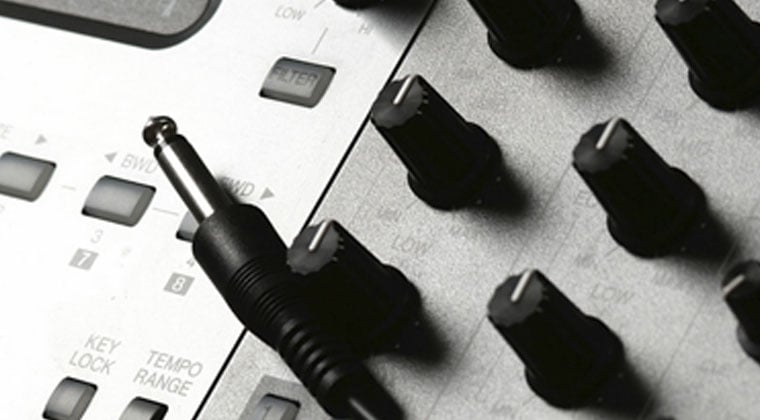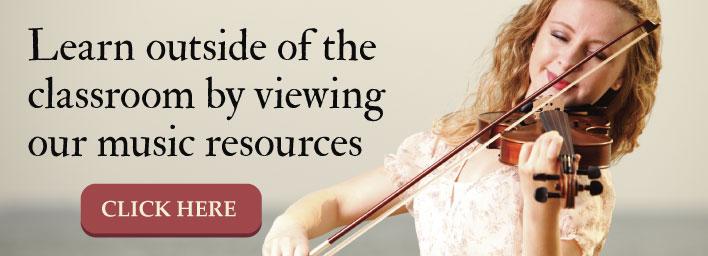
 As the benefits of a comprehensive music education become better known, the push to include more enhanced aspects of this training is increasing. Over the last few years, parents, researchers, and educators have become united concerning the importance of learning to play an instrument. Indeed, most public school curriculums now include the rudiments of music theory. However, by including music composition along with instrument training, students are able to enhance and enrich the scholastic, social, and physical advantages developed through this important skill.
As the benefits of a comprehensive music education become better known, the push to include more enhanced aspects of this training is increasing. Over the last few years, parents, researchers, and educators have become united concerning the importance of learning to play an instrument. Indeed, most public school curriculums now include the rudiments of music theory. However, by including music composition along with instrument training, students are able to enhance and enrich the scholastic, social, and physical advantages developed through this important skill.
There are many misconceptions regarding the ability to compose and create music, but in reality, almost anyone can become a composer. It doesn’t take any special ability, but students will need to learn the techniques, formulas, and schemes required for composition. Really, all it takes is the right mindset and the right instruction. It's also helpful to have some handy tools available that help support beginner efforts.
Preparations
Music composition is essentially the process of forming a piece of music through an ordered combination of the specific elements involved. For this reason, the most important preparation includes the composer’s ability to sight read music. It’s impossible to create music for others if you can’t communicate what you’ve composed. And although there are a few exceptions to this rule, unless you know the language of music—notation—sharing your ideas will present a mighty challenge.
You can also prepare by listening to different styles, types, and genres of music. Like sports professionals who study game films, arm yourself with a notebook and pencil so that you can jot down your own personal impressions about each piece. For example, did you hear a particular, and perhaps unexpected transition; notice how certain harmonies were employed in relation to the timing, or just really like a specific portion of some piece? Take notes about the elements you hear in different pieces of music and develop a mindset that examines these parts independently.
Getting Started
When you begin to compose music, it’s important to remember that you aren’t just starting from scratch. The things that you’ve learned about notation, rhythm, chord progression, and melody will stand you in good stead and help pave your way.
One of the great things about recent surges in technology is that a number of very effective music composition software programs and apps have been created. Students may certainly choose to perform music composition using staff lined paper, pen, and their instrument, but this is very challenging for beginners. Many software programs, like Noteflight (which is free for basic access) simplify this process in a number of ways. For example, music composition students are able to reach out to other likeminded individuals, immediately playback their creations, and locate helpful resources instantly. Some programs like Musescore are available for PC and Mac as a free download, but others range from between $50-$120. Try out free software first, but before you make a purchase, ensure that the software includes:
- The ability to produce different styles of sheet music. It should allow you to create standard notation, but also guitar tablature, chord names, and percussion notation.
- Built in metronome to enable accurate timing.
- Flexible input and output features. If you don’t want to purchase an MIDI controller (a little piano keyboard plugin), make sure that a virtual one is available, or that you can input notes manually. Plus, you should have the option to print or file export your creations.
Making Music
One of the keys to learning music composition involves your understanding of consonance and dissonance. Consonance is basically when two or more notes blend harmoniously, while dissonance is the opposite. It’s easy to observe this when you play a major chord: the base note harmonizes with the 4th and 7th notes in the scale. The distances between consonant pitches is mathematical (due to vibration frequencies) and in general exact, and the pattern repeats every octave (12 notes).
The relationship remains the same when you transpose the key to a higher or lower note. And while there are exceptions to this general rule, knowing how these relationships work is an important aspect of music composition and will help beginners make the mental connections required.
To begin, you can create simple melodies using only the notes in a major chord. Gradually, you can add more complexities by remembering the rules of transposition. It’s also a good idea to keep the rhythm simple. Common time works best for most beginners.
Anyone can become a composer. With insightful instruction, innovative tools, and a good foundation in music theory students can learn this important skill and develop lifelong benefits from it.


